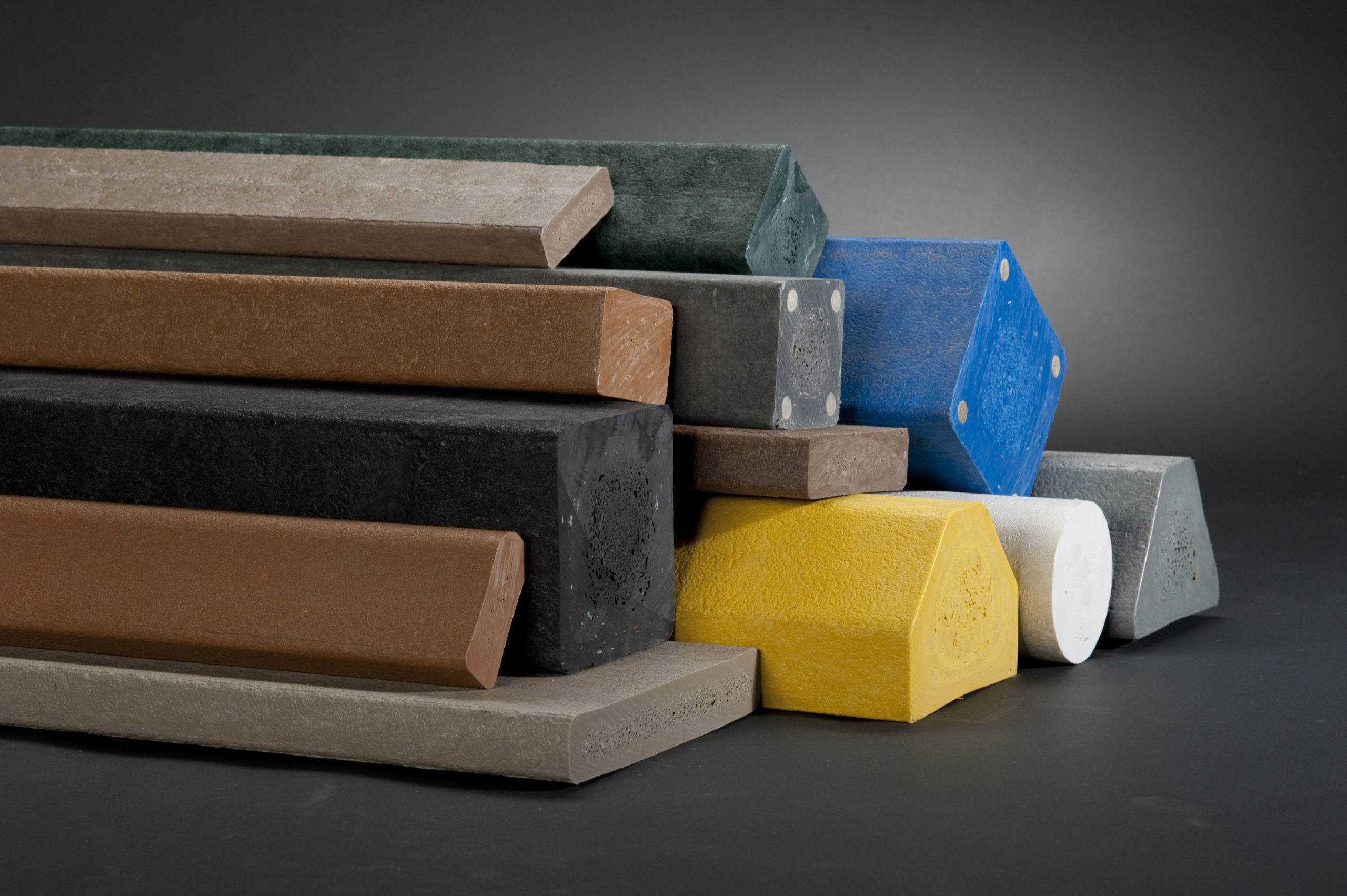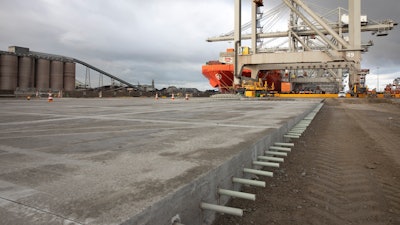Composites: The Secret to Modern, Lasting Building
Composites: The Secret to Modern, Lasting Building
Blog Article
Opening the Environmental Benefits of Recycled Composites in Building And Construction and Style
In the world of construction and design, the use of recycled composites holds significant guarantee for boosting sustainability practices and decreasing ecological impact. The shift towards an extra lasting future in these markets hinges on unlocking the full possibility of recycled composites.

Environmental Impact Decrease
The reduction of ecological influence via using recycled composites in building and construction and design plays an important function in lasting techniques. By incorporating recycled composites into structure materials, the building and construction market can dramatically lower its carbon footprint and contribute to a more eco-friendly future. These lasting materials, made from repurposed plastics, timber fibers, or various other recycled aspects, offer a sensible option to typical building and construction materials without endangering on top quality or durability.
Recycled compounds help divert waste from landfills and decrease the demand for drawing out raw products, hence preserving natural deposits. Additionally, the production process of these composites typically takes in less energy and sends out less greenhouse gases contrasted to generating virgin materials (composites). This change towards utilizing recycled compounds not just minimizes environmental injury however additionally promotes a round economic climate by encouraging the reuse of materials that would otherwise be disposed of
Waste Reduction
With a concentrate on reducing waste in building and design, the integration of recycled compounds supplies a sustainable solution to reduce environmental impact. Waste minimization is a crucial facet of lasting methods, and making use of recycled compounds provides an opportunity to accomplish this objective effectively. By utilizing products that have actually currently offered their preliminary objective, such as recycled plastics or recovered timber fibers, the building and construction and design industries can considerably lower the amount of waste generated and sent to land fills.
Recycled compounds have the potential to draw away substantial amounts of waste from traditional disposal approaches, adding to a more circular economy where sources are used successfully. Furthermore, the production process of recycled composites usually takes in less energy and produces fewer exhausts compared to virgin materials, additionally minimizing the ecological impact of construction and design projects.
Executing waste reduction methods with the incorporation of recycled compounds not just aids in saving natural deposits but likewise advertises a more sustainable technique to structure and making for a greener future.
Energy Preservation
Integrating recycled composites not just minimizes waste in construction and design yet also plays a critical role in boosting power conservation practices within the market. The usage of recycled composites in building and construction can substantially add to power conservation through numerous methods. First of all, the production of virgin products commonly calls for substantial power inputs, whereas using recycled composites eats much less power, therefore lowering overall power intake. Additionally, including recycled composites can add to far better insulation homes in structures, reducing the requirement for extreme heating or cooling, and consequently lowering energy usage for climate control. The light-weight nature of many recycled composites can lead to lighter structures, needing less energy for transport and setup. By advertising using recycled composites in building and style, the industry can make significant strides in the direction of attaining energy efficiency and minimizing its carbon impact, ultimately adding to an extra sustainable constructed setting.
Carbon Footprint Reduction
Enhancing sustainability techniques through the utilization of recycled composites in building and style significantly lowers the carbon footprint of the market. By integrating recycled materials into the manufacturing of compounds, the demand for virgin sources reduces, bring about reduced power intake and greenhouse gas discharges linked with standard manufacturing processes. This reduction in carbon footprint is important in combating climate modification and advertising an extra environmentally pleasant strategy to construction and layout.
The carbon footprint reduction attained via the fostering of recycled composites lines up with the international push towards sustainable methods and the reduction of commercial exhausts. Ultimately, by prioritizing the integration of recycled compounds, the sector can make considerable strides in reducing its carbon footprint and adding to a much more lasting future.
Sustainable Future
The assimilation of recycled composites in building and layout not only addresses instant ecological problems yet also lays a solid foundation for composites a lasting future in the market. By integrating recycled composites into building products and items, the building and construction and style markets can considerably reduce their dependence on virgin sources, resulting in a you could try this out much more circular economy. This shift towards sustainability is vital for alleviating the environmental impact of traditional building practices, which commonly cause high levels of waste generation and resource deficiency.

Final Thought
To conclude, recycled composites offer significant environmental benefits in building and layout by decreasing ecological influence, decreasing waste, preserving power, reducing carbon impact, and advertising a lasting future. Accepting making use of recycled compounds can add to a much more environmentally-friendly strategy to structure and style, eventually bring about an extra lasting and greener future for all.
The reduction of environmental impact with the usage of recycled compounds in building and construction and design plays a critical function in sustainable practices.With a focus on reducing waste in building and construction and style, the combination of recycled compounds offers a sustainable solution to decrease ecological impact. By promoting the usage of recycled compounds in construction and layout, the industry can official source make substantial strides towards accomplishing power effectiveness and reducing its carbon impact, inevitably adding to a more lasting built setting.

Report this page